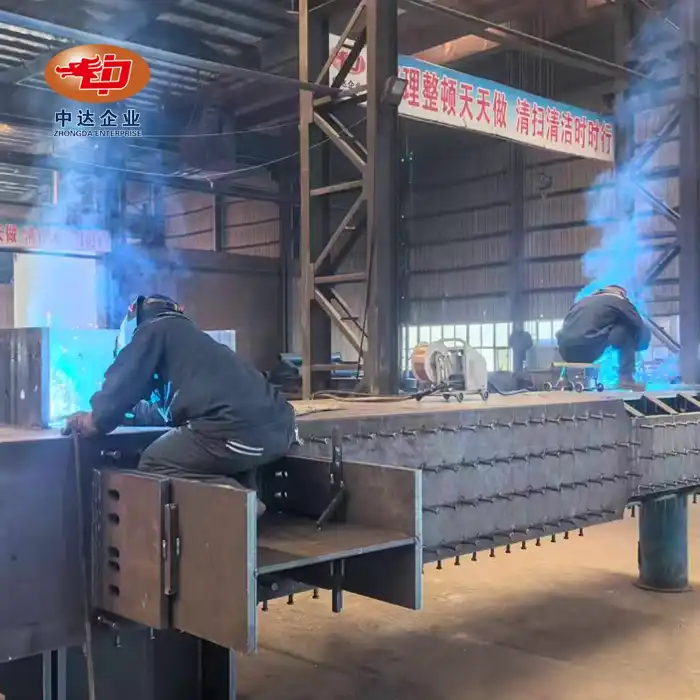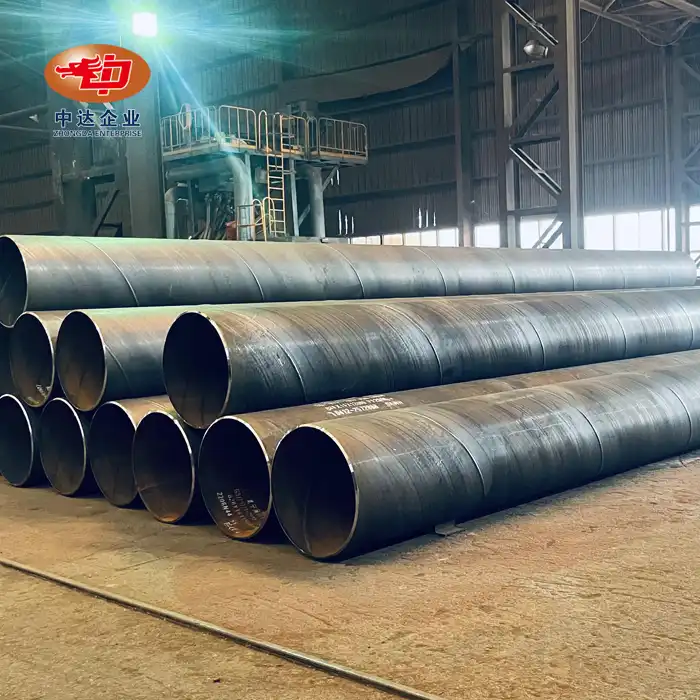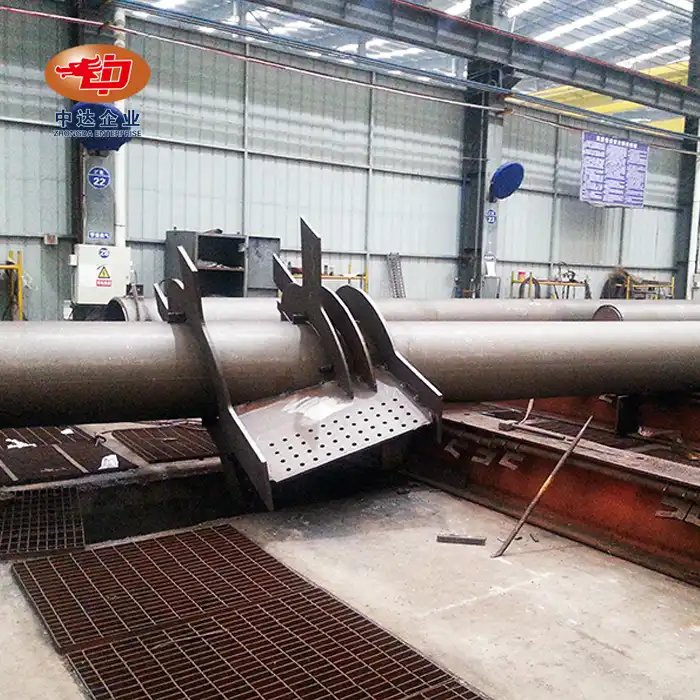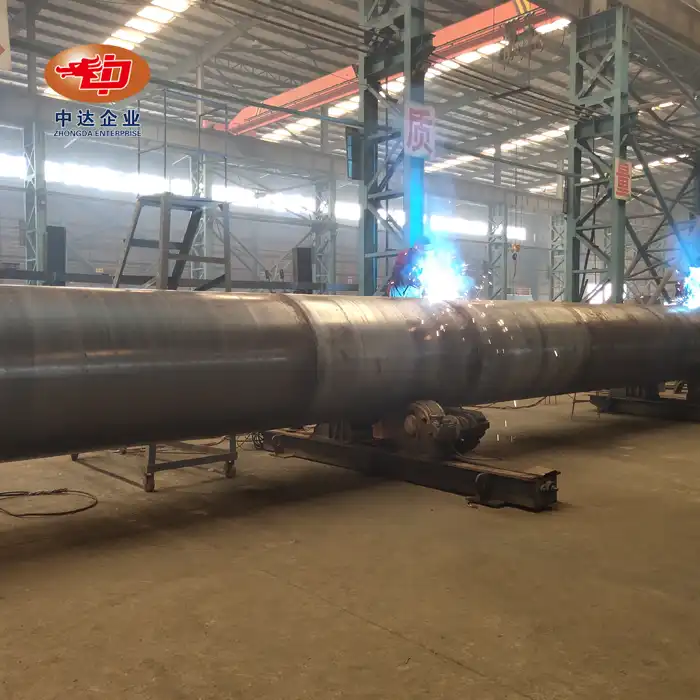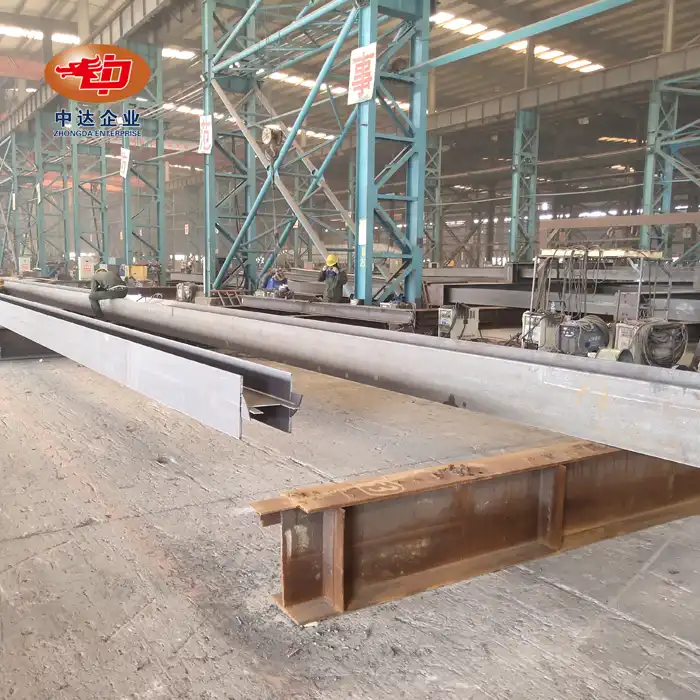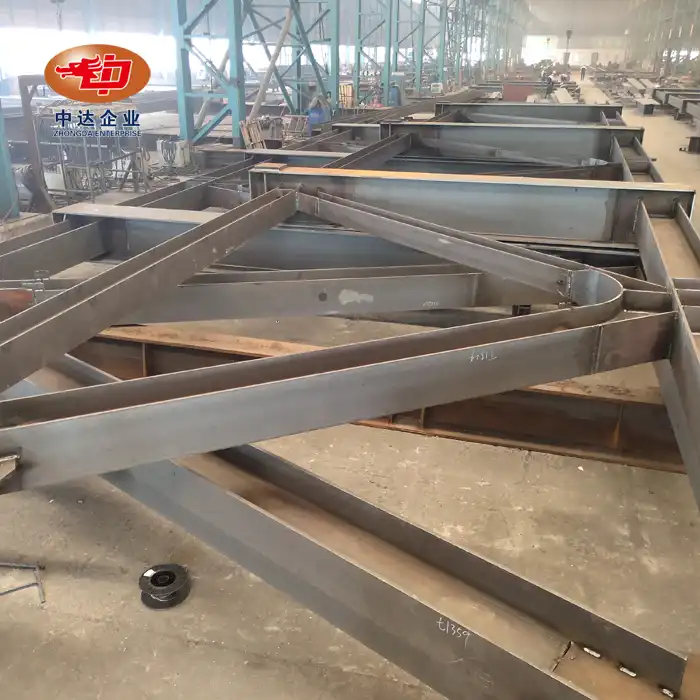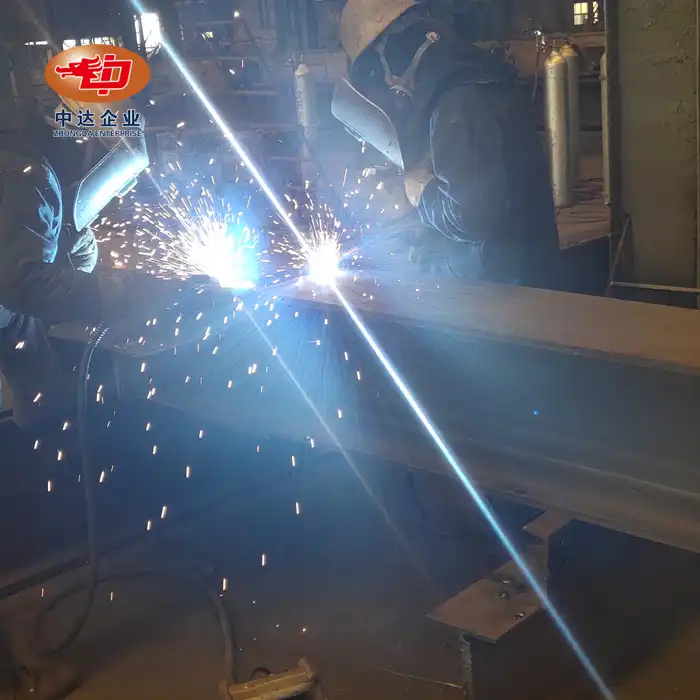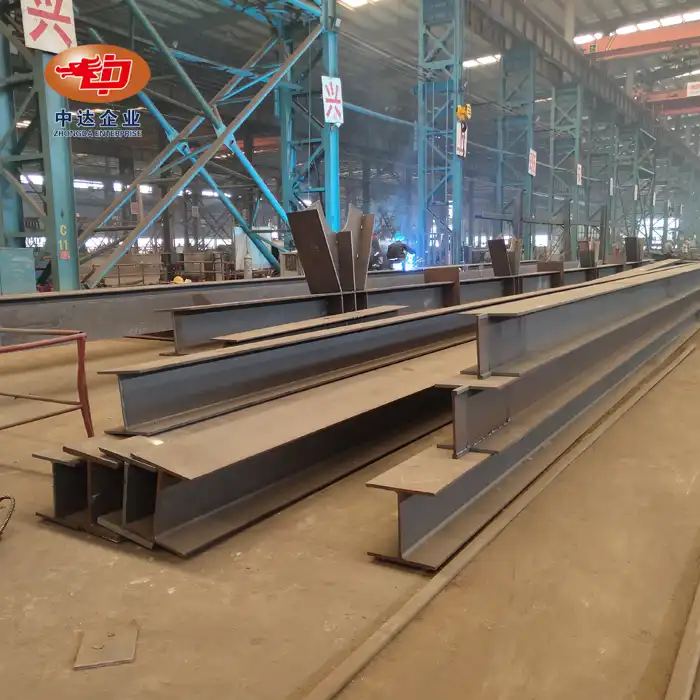At Zhongda Steel, we've been at the forefront of steel structure innovation since 2004. Our expertise in BIM-driven prefabrication and ultra-precise plate cutting (±0.2mm) positions us uniquely to address the challenges of steel truss bridge construction. With our -60°C Weathering Steel Anti-corrosion Technology, we ensure that bridges can withstand even the harshest environmental conditions, from Arctic climates to corrosive marine environments. Let's explore the key areas where mistakes commonly occur and how to avoid them.
Design and Planning Errors in Steel Truss Bridge Construction
Underestimating Environmental Factors
One of the most critical errors in steel truss bridge design is failing to adequately account for environmental factors. Each bridge site presents unique challenges, from wind loads to seismic activity. Neglecting these factors can lead to structural inadequacies that compromise the bridge's integrity over time. For instance, in coastal areas, the corrosive effects of saltwater must be carefully considered. This is where Zhongda Steel's expertise in weathering steel technology becomes invaluable, offering superior corrosion resistance even in harsh marine environments.

Inadequate Load Analysis
Another common mistake is insufficient load analysis. Steel truss bridges must withstand not only their own weight but also dynamic loads from traffic, weather events, and potential future increases in usage. Failing to accurately predict and account for these loads can result in premature structural fatigue or, in extreme cases, collapse. Advanced modeling techniques, such as those employed in Zhongda Steel's BIM-driven prefabrication process, can help engineers more accurately predict and design for various load scenarios.
Overlooking Thermal Expansion
Steel expands and contracts with temperature changes, a factor that's sometimes underestimated in bridge design. Failing to accommodate thermal expansion can lead to stress buildup in the structure, potentially causing warping or cracking over time. Proper expansion joint design and material selection are crucial. Zhongda Steel's expertise in ultra-thick plate cutting allows for precise fabrication of components that can accommodate these thermal movements without compromising structural integrity.
Material Selection and Fabrication Mistakes
Choosing Inappropriate Steel Grades
Selecting the wrong grade of steel for a truss bridge can have dire consequences. Different steel grades offer varying levels of strength, ductility, and corrosion resistance. Using a grade that's not suited to the specific environmental and load conditions of the bridge can lead to premature failure or excessive maintenance requirements. Zhongda Steel's comprehensive range of steel grades, including our specialized weathering steel, ensures that the right material is always available for each unique project requirement.
Inaccurate Cutting and Shaping
Precision in fabrication is paramount in steel truss bridge construction. Even small inaccuracies in cutting or shaping steel components can lead to misalignments, stress concentrations, or difficulties during assembly. These issues can compromise the bridge's structural integrity and lead to increased construction time and costs. Zhongda Steel's state-of-the-art facility, capable of ultra-thick plate cutting with ±0.2mm accuracy, ensures that each component meets the exact specifications required for optimal performance.

Inadequate Weld Quality
Welding is a critical process in steel truss bridge construction, and poor weld quality can be disastrous. Common welding mistakes include insufficient penetration, improper filler material selection, and inadequate pre- and post-weld heat treatment. These errors can result in weak joints prone to fatigue and failure. Zhongda Steel's rigorous quality control processes, backed by our ISO 9001 certification, ensure that all welding meets the highest standards of quality and durability.
Construction and Assembly Challenges
Improper Sequence of Assembly
The order in which a steel truss bridge is assembled can significantly impact its final structural integrity. Deviating from the designed assembly sequence can introduce unexpected stresses or misalignments. This is particularly crucial in large-span bridges where each component plays a specific role in the overall load distribution. Zhongda Steel's experience in global projects, from Arctic bridges in Russia to industrial hubs in Vietnam, has honed our expertise in planning and executing complex assembly sequences.
Neglecting Temporary Support Structures
During construction, temporary support structures are often necessary to maintain stability and alignment. Underestimating the importance of these temporary supports or removing them prematurely can lead to structural deformations or even collapse. Proper planning and execution of temporary support strategies are essential for ensuring the bridge's integrity throughout the construction process. Zhongda Steel's comprehensive project management approach includes detailed planning for all stages of construction, including temporary support requirements.
Insufficient Quality Control During Assembly
Quality control shouldn't end with fabrication; it's equally crucial during the assembly phase. Failing to conduct thorough inspections at each stage of assembly can allow errors to compound, potentially leading to significant issues that are costly and difficult to rectify later. Regular checks for alignment, bolt tightness, and weld integrity are essential. Zhongda Steel's commitment to quality, as evidenced by our multiple international certifications (ISO 9001/14001/OHSAS 45001, EN 1090), extends throughout the entire construction process, ensuring that every aspect of the project meets the highest standards of excellence.
Conclusion
Constructing a steel truss bridge is a complex endeavor that requires meticulous planning, precise execution, and unwavering attention to detail. By avoiding these common mistakes in design, material selection, fabrication, and assembly, engineers and construction teams can ensure the creation of safe, durable, and efficient bridges. The key lies in comprehensive planning, leveraging advanced technologies, selecting appropriate materials, and maintaining rigorous quality control throughout the process. As the challenges in bridge construction continue to evolve, so too must our approaches to overcoming them.
Contact Us
Ready to elevate your steel truss bridge project? Partner with Zhongda Steel for unparalleled expertise in steel structure solutions. Our innovative technologies, including BIM-driven prefabrication and -60°C Weathering Steel Anti-corrosion Technology, combined with our precision manufacturing capabilities, ensure your bridge stands strong against time and elements. Experience the difference that comes with over two decades of global steel structure excellence. Contact us today at Ava@zd-steels.com to discuss how we can bring your steel truss bridge vision to life with uncompromising quality and efficiency.











